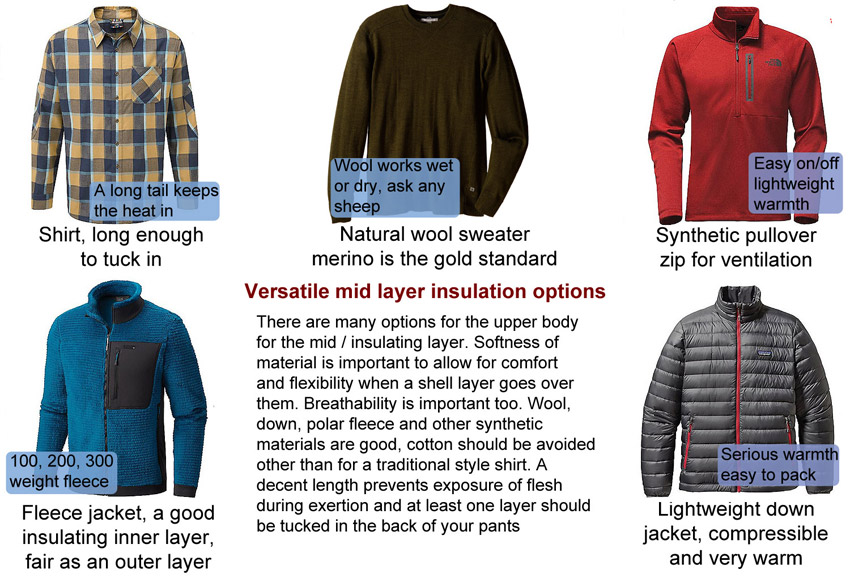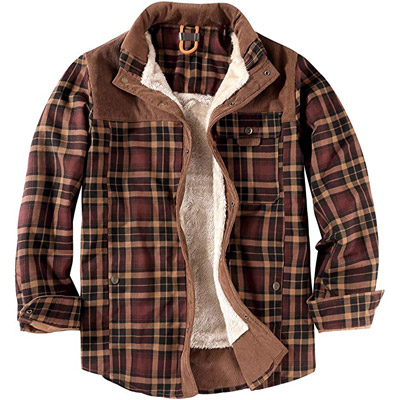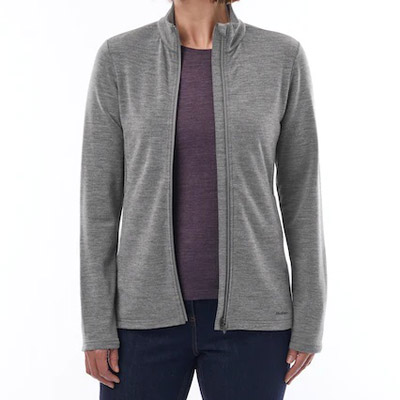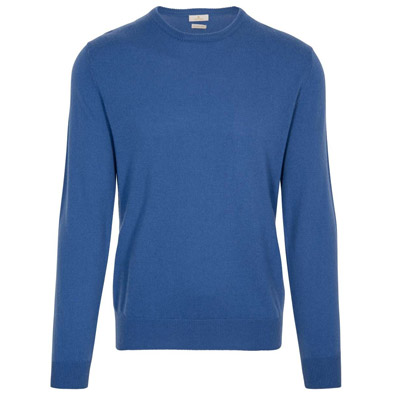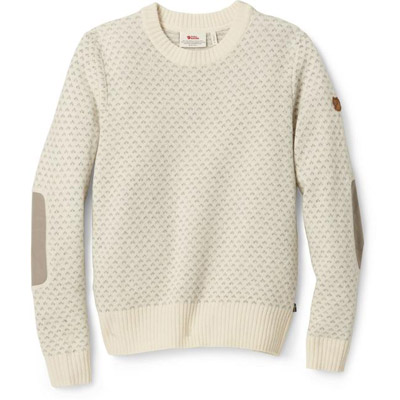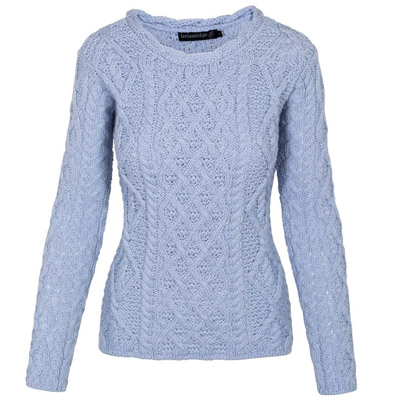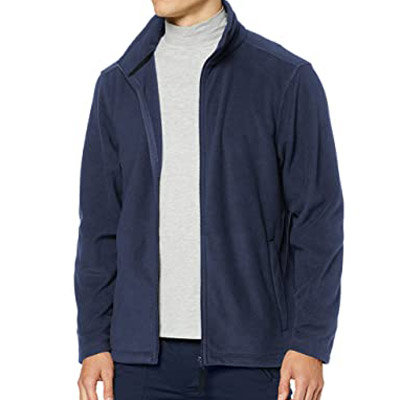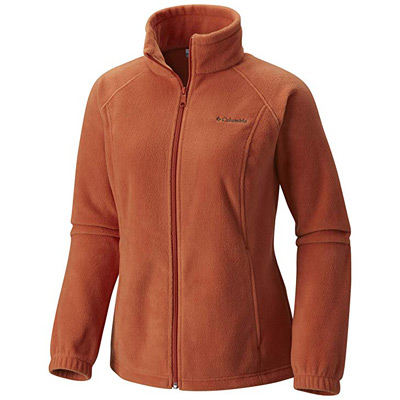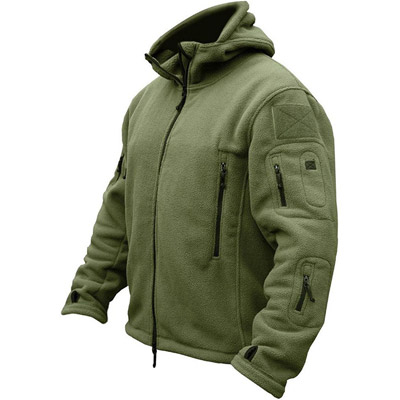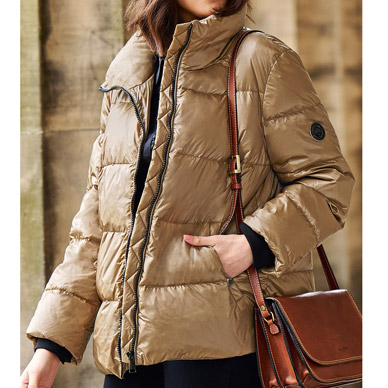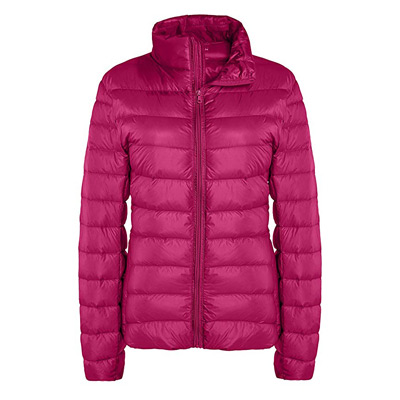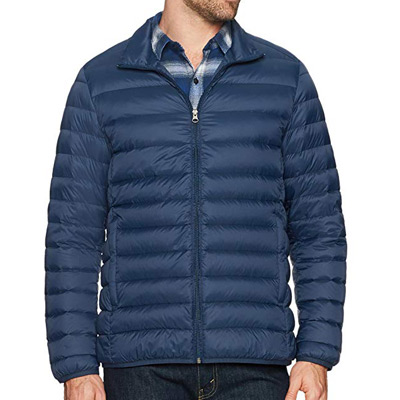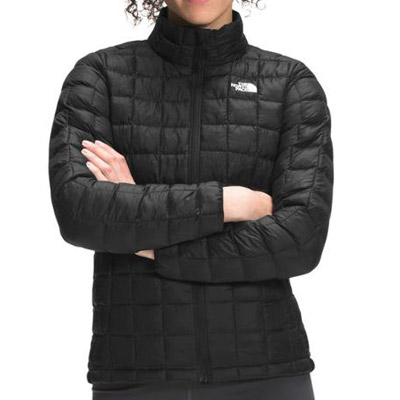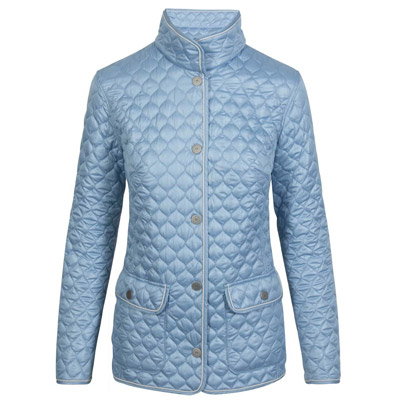Winter Shirts, Pullovers and Jackets
Mid layer insulation
The mid layer in cold weather should be insulating with easily adjustable ventilation for versatility. When the sun shines and the wind drops it can become the outer layer even if it's still cold, they should also quickly close up to provide vital heat retention when the weather turns again.
![]() This
is the UK page |
Go
to US page
This
is the UK page |
Go
to US page
![]()
For optimal performance pay attention to the fabric and design, more so than with your normal everyday clothes. More than one mid layer is often worn for comfort and practical purposes, too many become unwieldy and can restrict movement. Two thinner layers will be warmer than one of the same combined thickness and material due to air being trapped between as well as within layers.
The thickness of layers and level of insulation depends on the outside temperature and also on your own comfort level. For me this means one midlayer to start with and another in my backpack in case it gets colder. If the temperature rises, shed the shell layer and/or a midlayer depending on wind chill. Adjustability for ventilation is important, zips, buttons etc.
Over-shirt
A long sleeved shirt to go over your base layer, traditional or more modern styles, long enough to tuck into your pants and prevent draughts.
Traditionally such shirts are commonly made from cotton and may have a fleece lining for extra warmth, modern versions are synthetic with superior wicking properties. Cotton is not good as a base layer but better as an over shirt with a synthetic or fine merino wool foundation layer next to the skin.
Men's winter shirts | Women's winter shirts
Wool layer - pullover, sweater etc.
A natural and traditional material for making warm winter pullover, sweaters etc. from, wool provides good warmth for the weight and remains an effective insulator even when damp or wet. Merino wool is a particularly fine and soft grade. Insist on pure wool rather than mixtures with other fibres.
Acrylic or cotton garments can look deceptively similar to those made from wool but are greatly inferior at providing warmth, cotton in particular is cool and miserable when wet, avoid these materials for the insulating layer.
Men's wool sweaters | Women's wool sweaters
Fleece jacket
"Polar fleece" as it is sometimes called is a polyester velour material, it is very breathable and is soft and comfortable to wear. It doesn't restrict the movement of water vapor, dries quickly, is machine washable, and comes in light, mid, and heavy weights (sometimes called 100, 200 and 300 weights). The lighter weights are more versatile for layering, the heaviest will often require a somewhat over-size shell layer to go over the top comfortably.
Available in an an almost endless variety of colors and styles, not water proof or very wind resistant and will need a shell garment in harsh conditions.
Men's fleeces | Women's fleeces
Lightweight down jacket
A natural product, the best warmth for weight of any insulating material for clothing. Lightweight down jackets, sometimes called down sweaters or shirts are different garments to those used as outer shell jackets, they are softer, simpler, shorter and much lighter, they usually come with a rip-stop nylon outer and are very compressible (often folding into one of their own pockets) , not particularly abrasion resistant though.
New coatings are overcoming down's biggest shortfall which is performance when wet.
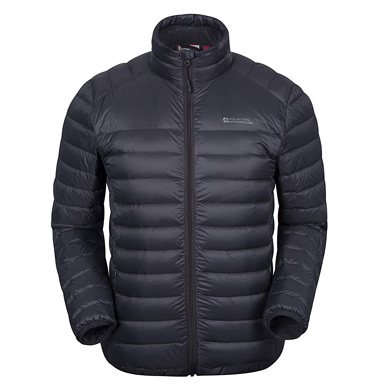
Mountain Warehouse Featherweight Jacket - Men's | Women's
lightweight down, easy pack, water resistant
budget choice
Men's lightweight down | Women's lightweight down
Lightweight synthetic insulation jacket
Lightweight jackets are different garments to those used as outer shell jackets, they are softer, simpler, shorter and much lighter, they usually come with a rip-stop nylon outer and are very compressible (often folding into one of their own pockets). Those with synthetic insulation have the advantage over down that they are still warm when wet, they are a little heavier with a little greater bulk though.
Men's synthetic insulated jackets | Women's synthetic insulated jackets
Best avoided - cotton hoodies and sweatshirts
Heavyweight cotton sweatshirts are not good for serious warmth. Cotton is a poor insulator for its weight and is a liability when damp or wet from external moisture or sweat, it hangs onto it and feels cold and clammy while slow to dry out.

